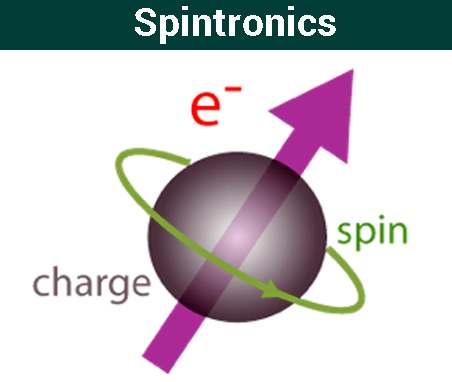Science & Technology
Two Dimensional Electron Gas
- 14 Jan 2021
- 4 min read
Why in News
Scientists at Institute of Nano Science and Technology (INST), Mohali, Punjab have produced an ultra-high mobility Two dimensional (2D)-electron gas (2DEG).
Key Points
- Two Dimensional Electron Gas (2DEG):
- It is an electron gas that is free to move in two dimensions, but tightly confined in the third. This tight confinement leads to quantized energy levels for motion in the third direction. Thus the electrons appear to be a 2D sheet embedded in a 3D world.
- One of the most important recent developments in semiconductors, has been the achievement of structures in which the electronic behavior is essentially two-dimensional (2D).
- Most 2DEGs are found in transistor-like structures made from semiconductors.
- 2DEG is a valuable system for exploring the physics of superconductivity magnetism and their coexistence.
- Superconductivity is a phenomenon whereby a charge moves through a material without resistance. In theory this allows electrical energy to be transferred between two points with perfect efficiency, losing nothing to heat.
- Cause for Development of 2DEG:
- The need for attaining new functionalities in modern electronic devices has led to the manipulation of property of an electron called spin degree of freedom along with its charge. This has given rise to an altogether new field of spin-electronics or ‘spintronics’.
- The manipulation of electron spin offers new dimensions for basic and applied research, and the potential for new capabilities for electronics technology. This motivates studies of spin polarized electrons in a high mobility two dimensional electron gas (2DEG).
- It has been realized that a phenomenon called the ‘Rashba effect’, which consists of splitting of spin-bands in an electronic system, might play a key role in spintronic devices.
- Rashba Effect: Also called Bychkov–Rashba effect, it is a momentum-dependent splitting of spin bands in bulk crystals and low-dimensional condensed matter systems.
- Mechanism and Importance:
- Due to the high mobility of the electron gas, electrons do not collide inside the medium for a long distance and hence do not lose the memory and information.
- Hence, it can speed up transfer of quantum information and signal from one part of a device to another and increase data storage and memory.
- Since they collide less during their flow, their resistance is very low, and hence they don’t dissipate energy as heat.
- So, such devices do not heat up easily and need less input energy to operate.
- Due to the high mobility of the electron gas, electrons do not collide inside the medium for a long distance and hence do not lose the memory and information.





